This winter has been a real disappointment for my usual winter river fishing exploits due to the excessive flooding across the country that we have had to endure. I love my winter river fishing but apart from a few windows of opportunity resulting in some good grayling and roach fishing, I have had to constantly change my plans due to the floods. I have spent the majority of this time instead perch fishing on various local stillwaters and set myself the difficult target of trying to increase my PB which stands at a whopping 4lb 5oz. Now this is a dream perch and will be difficult to be beat and although I haven’t beaten it yet, I hope to in the next few years. Some of my target perch waters are definitely capable of beating this fish.
To catch big perch you need to do your homework and check that the water that you plan to fish actually holds decent perch of the size that you want. I always look at match results from my area in the weekly angling papers because any big perch caught in matches are accurately weighed unlike many captures caught by novice pleasure anglers, which lead to myths of huge 5lb+ perch! An example of this is happened on a local day ticket water that I had previously fished where the perch grew to 5lb according to the excitable owner who was not an angler. One of his regulars had caught an alleged 5lb perch and the owner then spread the rumours. The lake was drained a year later and a friend of mine witnessed the netting and the biggest perch in the nets weighed just over 3lb! As I said doing your homework can save a lot of wasted time.
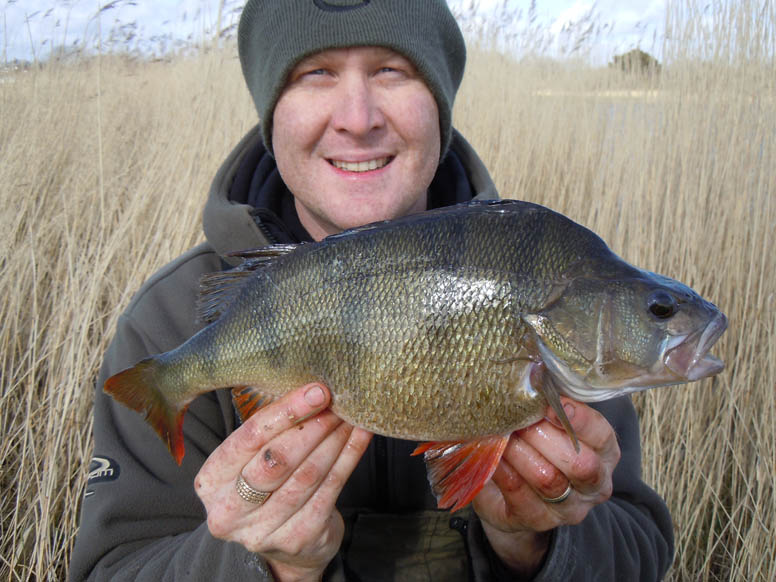
My winter campaign this year has been slightly limited due to having a young family and my wife returning to work from maternity leave. I have still managed some very consistent results whilst some of my friends have been struggling. During nine sessions fished on six different waters I have landed thirty perch over the 2lb mark with the majority of fish weighing between 2lb 4oz and 2lb 14oz plus a couple of 3lb1oz as well. Not bad fishing in any ones book considering some of the tough weather conditions that I have endured. Some of these sessions have been short morning or afternoon sessions and by being on the target waters at the best feeding times has allowed me to catch decent fish at the right times.
My tactics for stillwater perching generally involve two 1.25lb specialist rods with low resistance paternoster rigs made from Gardner Target rig components. My standard rig consists of 6lb HydroFlo main line, a 5lb Target fluorocarbon hook length and a size 6 Covert Wide Gape Talon Tip hook. I tend to use either a Gardner 1oz bomb on the paternoster link or a 30 gram maggot feeder, depending on what bait I am using. The lead is generally used for fishing prawns and the feeder if I am using lobworms, so that I can feed a mix of chopped worms and maggots through the feeder for attraction. I will often hair rig jumbo king prawns due to their size, which increases their hook potential.
I will always try to float fish close in on one of my rods where possible, which helps keep resistance to a minimum and results in fewer missed bites when perch fishing. Perch are often margin feeders or found close to snaggy areas, but this is not always set in stone. On one particular deep old estate lake water where I have caught extremely well in the past, including lots of fish up to 3lb 9oz, the fish were often caught 25 yards out in open water even though there were snaggy areas on the lake!
If rules allow then I will always fish a small roach live bait on a float paternoster rig on at least one rod. If the rules don’t allow for live baiting then I will start by fishing a King Prawn (I prefer Raw prawns to cooked) on one rod and a lobworm on the other rod. Some days perch will prefer a lobworm popped up off the bottom using air injected by a syringe, however this can be a nuisance if the venue has a large head of silver fish present. I will sometimes hair rig a prawn and add a small piece of red Gardner Zig Rig Foam to critically balance the hook bait if fish are being finicky. I will feed a mixture of minced prawns, chopped lobworms, dendras and red maggots plus some live maggots all mixed with a good glug of Sonubaits Krill Liquid. The mix is fed via a small Gardner Bait Shuttle or via a pole cup depending on the distance. I will often loose feed pinkies little and often over the top of the feed areas to keep the small fish feeding which encourages the perch into the swim. I use pinkies because a pint will give you as many grubs as two pints of maggots, so it is cheaper and I find pinkies are more selective for smaller fish making it easier to catch the right size live bait if they are allowed.
On the prawn rod I like to nick on a small golf ball size Micromesh PVA bag filled with chopped prawns mixed with dead maggots which have been dusted in Sonubaits Krill flavour shaker to stop the PVA from dissolving. This gives a small amount of added attraction around the hookbait and adds to the anti-tangle properties of the rig when casting out.
The best feeding times for perch are generally after dawn for a few hours or around one hour before dusk. However, this is not set in stone and depends on the particular water your are fishing. Some of the perch waters I have fished in the past had a productive spell between midday and 2:30pm and the classic dusk period was useless! Most perch books will also say that perch feed best in low light conditions and bright sunshine is a waste of time. Whilst this is generally the case it again depends on each individual water. An old estate lake that I used to fish responded well in bright conditions, but it was coloured water and averaged over 10 feet in depth. My syndicate lake where I have had a lot of success this winter is a very clear 20 acre lake with an average depth of 6 feet and all of my perch have been caught during the day in bright conditions! You will soon learn the trends of the perch and their feeding times by asking other anglers and by fishing the venue regularly.
I hope some of this advice helps you with your search for big perch.
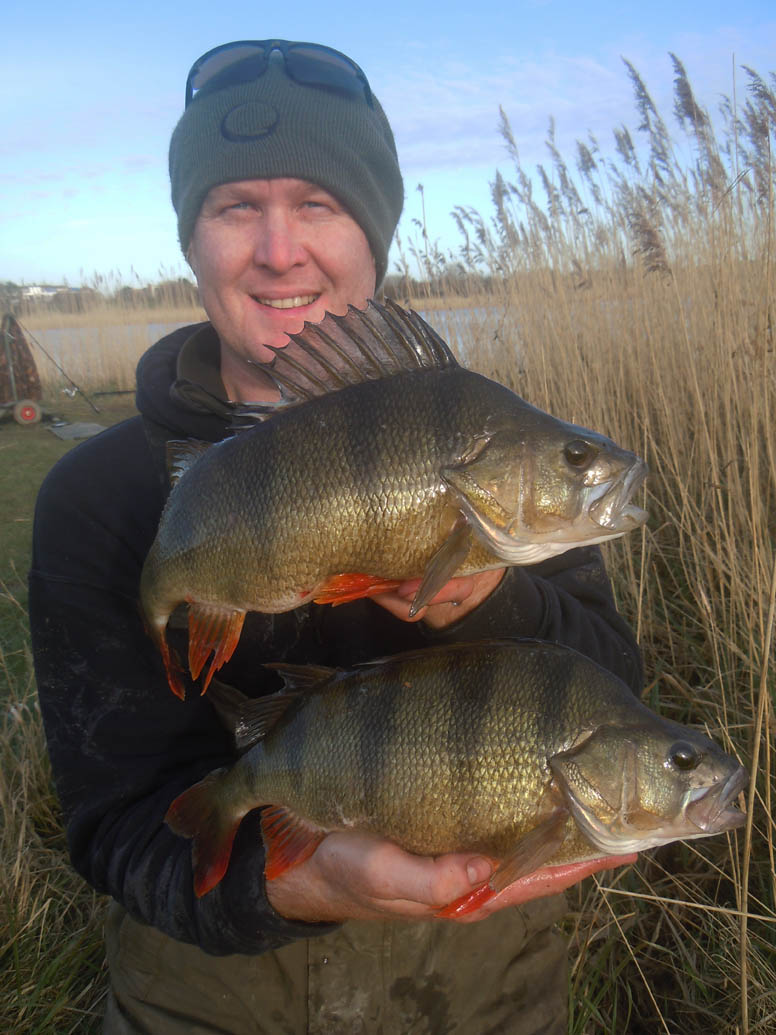


 Gardner Target rig components.” alt=”My tactics for stillwater perching generally involve two 1.25lb specialist rods with low resistance paternoster rigs made from
Gardner Target rig components.” alt=”My tactics for stillwater perching generally involve two 1.25lb specialist rods with low resistance paternoster rigs made from  Gardner Bait Shuttle.” alt=”Lee will often introduce a mixture of minced prawns, chopped lobworms, dendras and red maggots via a small
Gardner Bait Shuttle.” alt=”Lee will often introduce a mixture of minced prawns, chopped lobworms, dendras and red maggots via a small 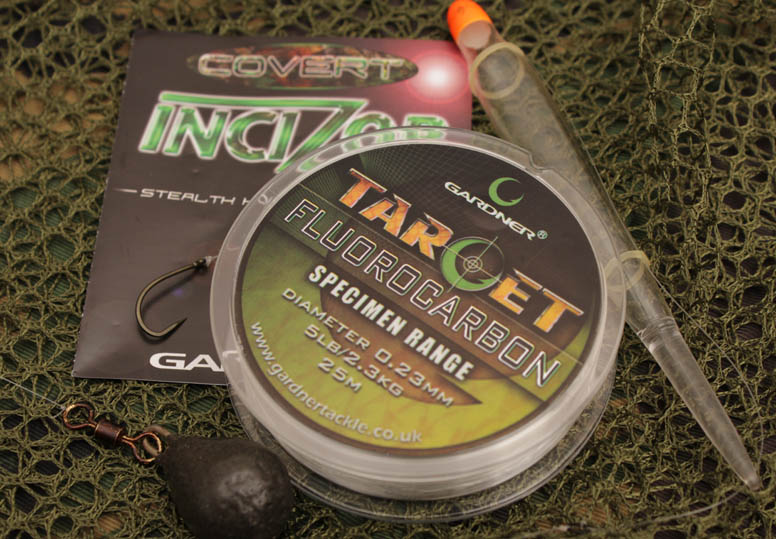
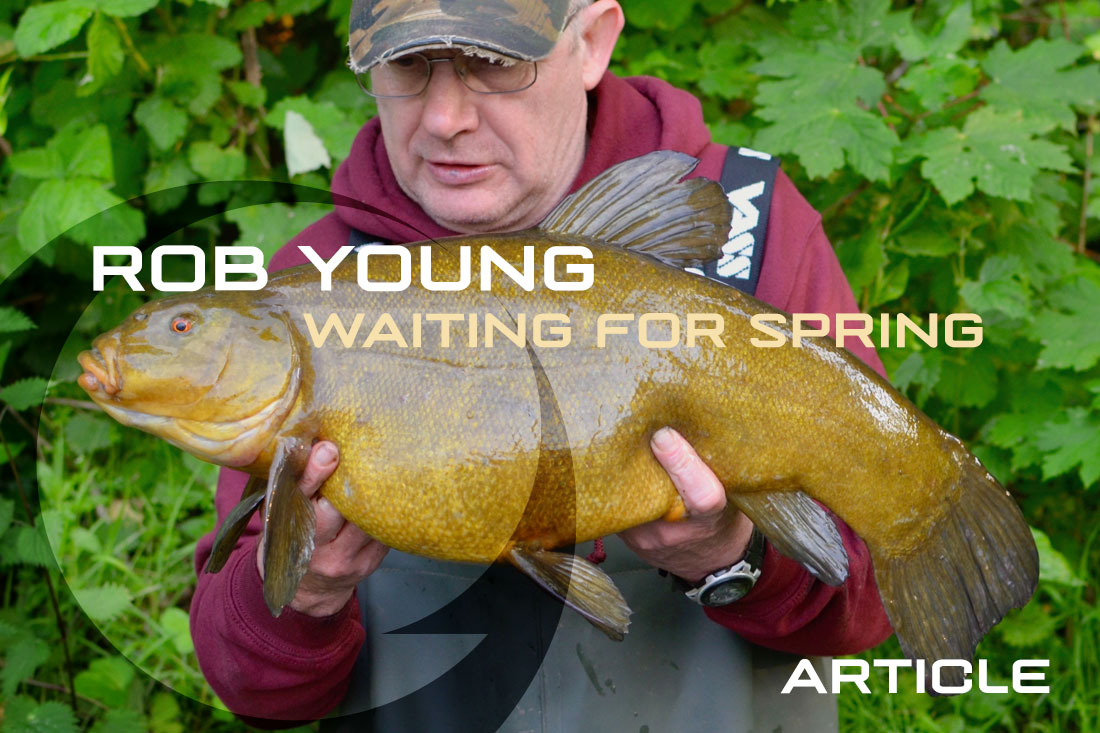
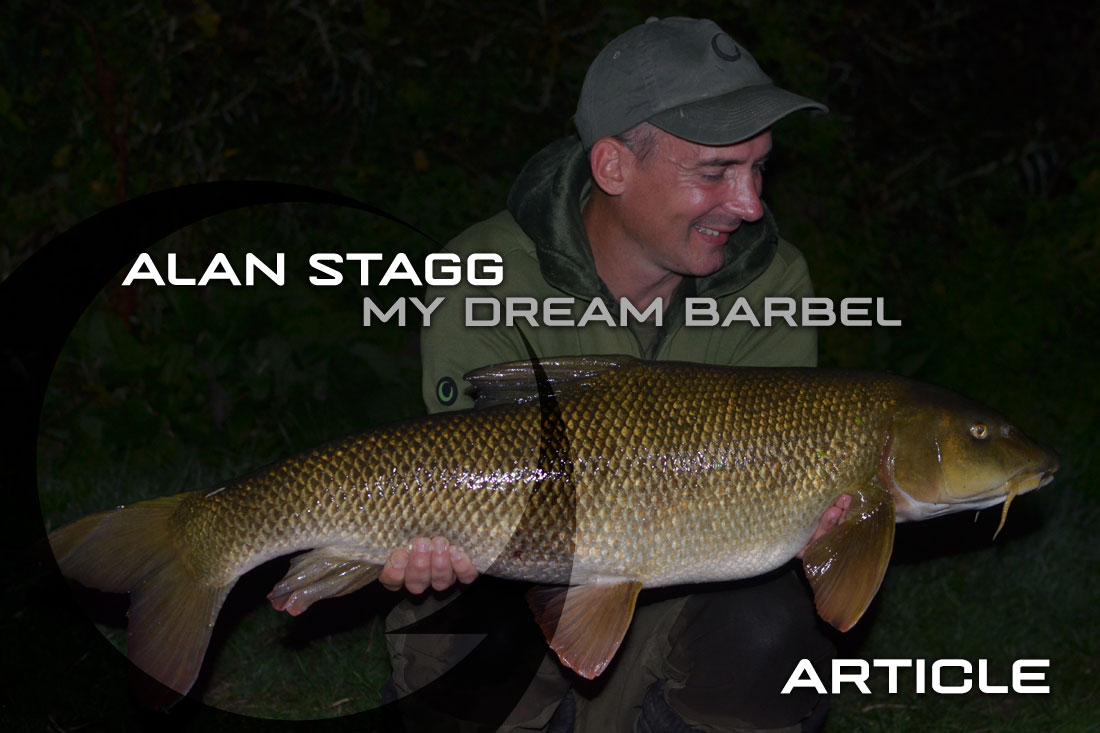
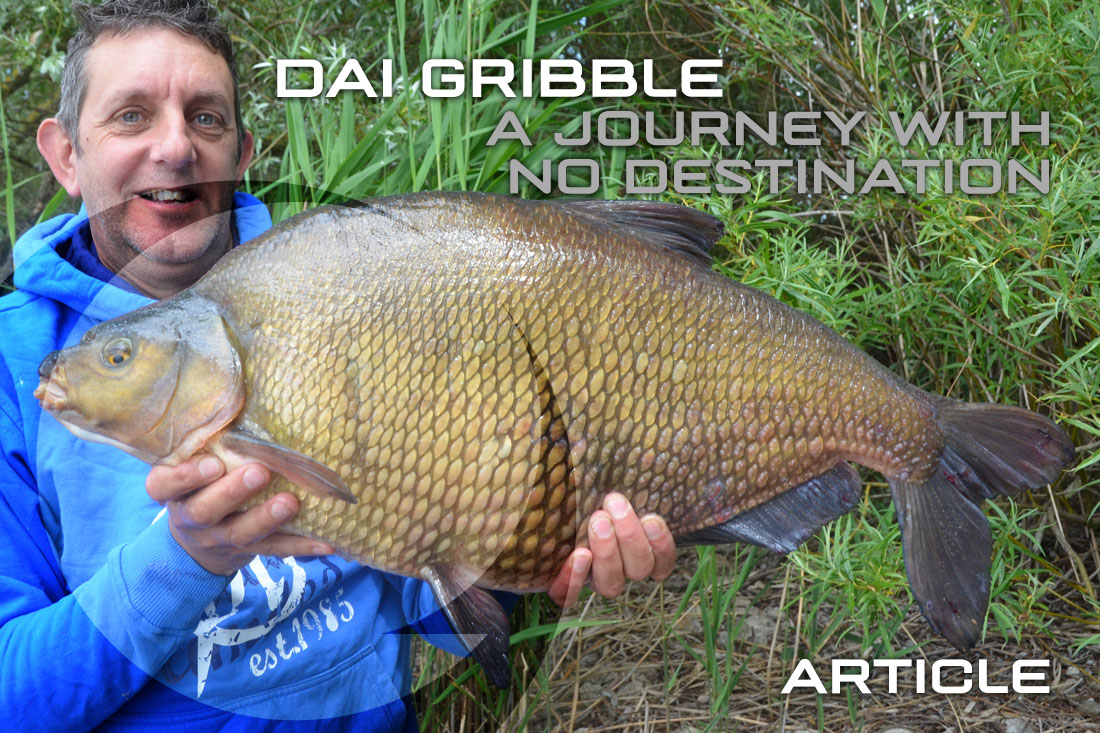
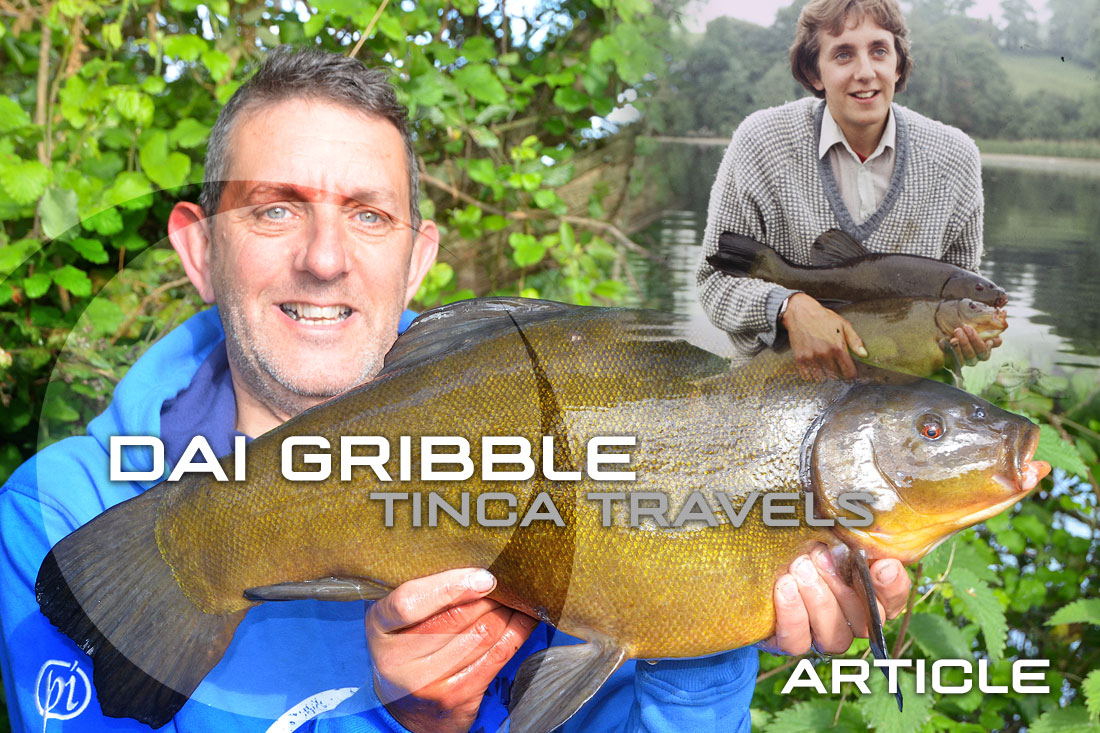

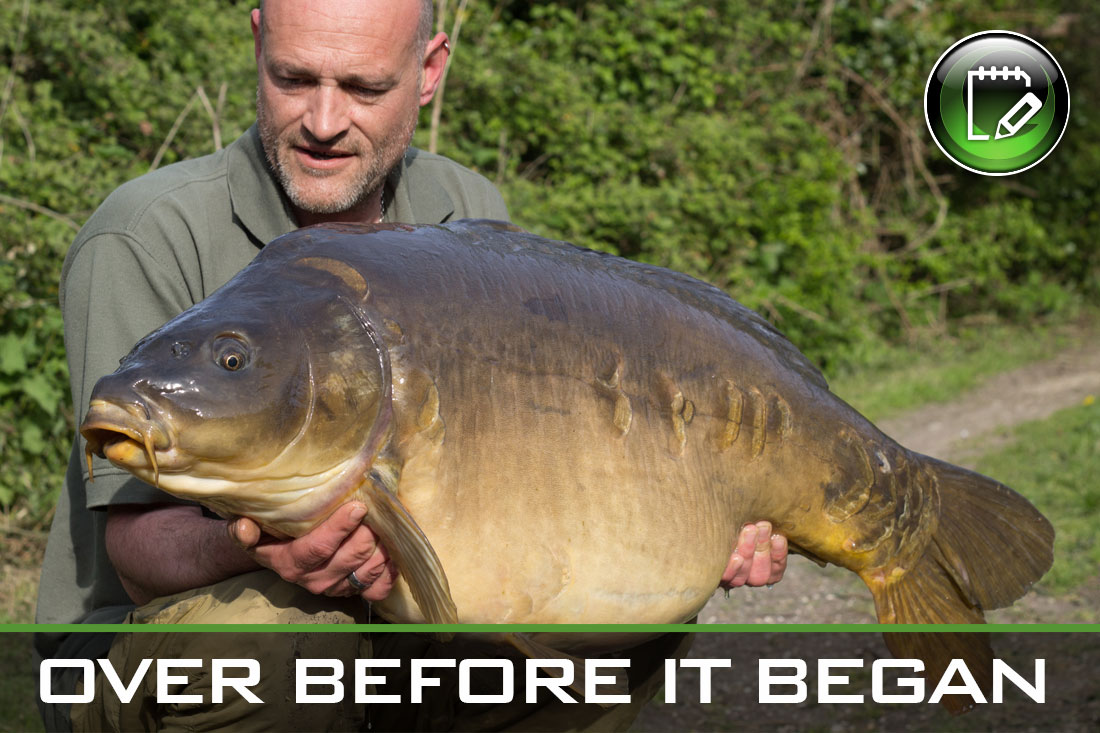
Leave A Comment